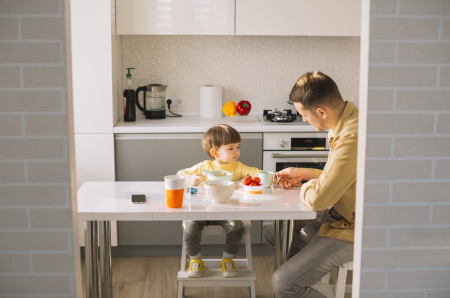Going for a random label size for your product will lead to a huge disaster. If you own a small business, nothing is scarier than destroying the brand image you aimed to strengthen in the first place. But don’t worry. You won’t always need a professional just to create an attractive and exceptional label for your product that can help enhance your credibility. You can design your label on your own which is far more cost-effective if you are just starting with your business.
Choosing the right label size is among the most important keys to creating a good product label that will impress people. Remember, there is no standard label size for containers even if they have the same capacities. For instance, not all 12-ounce bottles look the same. They can come in different shapes and contours which will require different types of labels to make sure that the label will not come off.
So if you’re here to get some tips in finding the ideal label size for your products, welcome! Here, we will give you tips and recommendations on how to get the perfect label sizes for different container shapes.
Deciding on the correct size label is about knowing the information you will add to your label as well as the design of the packaging. Here are two steps to take when choosing a size of label:
Find out what information the label will contain
Take into consideration the information you’ll be including on the label, such as your brand’s name or logo net weight, ingredient list instructions, warnings, and more. When you select a size for your label that the information you include is clearly and easily understood and visually appealing when printed. A wrong size label can cause confusion and damage to the content.
Choose how to design the Shape of the Product Packaging
The information on the clothing label can help you identify the best size or shape of packaging for your product. This will also affect the label’s dimensions. In addition, since there aren’t any standard size for labels, there’s also no standard size for containers.
There are a variety of sizes and shapes you can pick from jars, containers, and bottles. However, as we’ve said earlier the fact that there aren’t all containers with similar capacities have the same contour and shape making it difficult to choose the appropriate size label that will fit the product you are selling.
Bottles make up the majority of popular packaging options Here are the most common bottle shapes , their advantages, and how to choose the appropriate size of label for each
(a) Round
Most containers available on marketplace are constructed of cylindrical bottles due to their greater flexibility.
(b) Square
They are followed by square-shaped containers, which are used to store a variety of products. Like food, body care products, and much more.
(c) Tapered
Bottles with tapered sides vary in width as they length, as their top is narrow, and then gradually increases in width or reverse (e.g. the wine bottle). Some bottles that taper are delicate while others may taper in a variety of directions. This is why using rectangular labels undesirable since they could result in bubbling, creasing lifting or wrinkles because they don’t lay flat on the bottle’s surface.
If you’ve already bought bottles for your products but aren’t sure whether they’re tapered or not. You can put the bottle in a straight line against a straight edge and look for any irregularities in the shape.
(d) Strange Shapes
Bottles with unique shapes are among the most difficult containers to label, based on the size you’d like to label.





